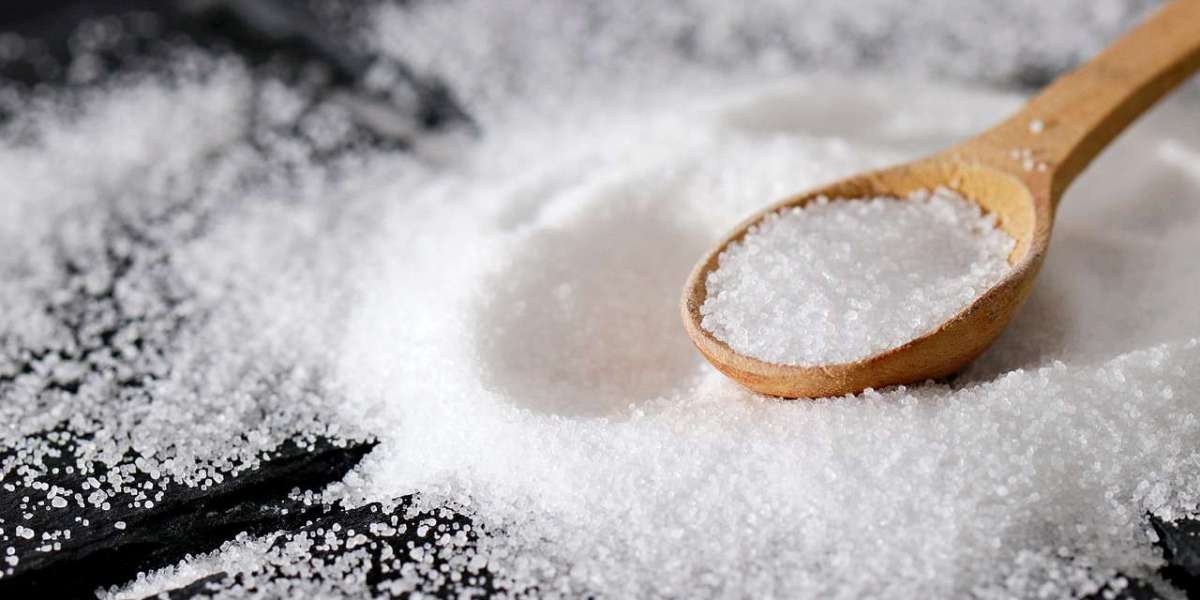2.10 Pink Himalayan Black Salt (Kala Namak)
Kala Namak, also known as black salt, is a rock salt with a distinctive dark color and a strong, pungent flavor due to its high sulfur content.
- Flavor Profile: Pungent, with a distinct sulfuric, egg-like taste.
- Uses: Commonly used in Indian cuisine for seasoning chutneys, salads, fruit dishes, and various savory snacks. It’s also popular in vegan cooking as an egg substitute.
3. How to Use Different Salt Flavors in Cooking
Each type of salt can play a different role in the kitchen, enhancing both flavor and texture. Here are some tips for incorporating the various salts into your cooking:
- Finishing Salts: Use salts like fleur de sel, smoked salt, or black lava salt to finish dishes, adding a burst of flavor and texture just before serving.
- Seasoning and Cooking: For general seasoning, kosher salt and sea salt are great all-purpose options. Use Himalayan pink salt and Celtic sea salt to add a mineral richness to savory dishes.
- Specialty Dishes: For specific flavor profiles, experiment with truffle salt in pasta or popcorn, or pink Himalayan black salt in Indian-inspired dishes and salads.
Balancing Salt with Other Flavors
While salt enhances flavor, it's important to balance it with the other elements in your dish, such as sweetness, acidity, bitterness, and umami. When using flavored salts, start with a light hand and adjust as needed, since these salts often bring additional complexity to the dish.
4. The Health Aspects of Salt Flavors
While salt is essential for our health in moderation, excessive salt intake can lead to high blood pressure and other health issues. Here are some things to keep in mind when using different salt flavors:
- Sodium Content: Most salts contain similar amounts of sodium, but larger, coarser salts like kosher salt and sea salt may have less sodium per teaspoon due to their larger crystals. However, this doesn't mean you can use them in unlimited quantities.
- Trace Minerals: Some specialty salts, like Himalayan pink salt and Celtic sea salt, contain trace minerals that may offer slight nutritional benefits, but they should still be consumed in moderation.
5. Conclusion
Salt is much more than a simple seasoning—it's a powerful ingredient that can transform a dish with its unique flavors and textures. From the delicate crunch of fleur de sel to the rich earthiness of truffle salt, each variety of salt brings something special to the table. Understanding the different salt flavors and knowing how to use them in your cooking allows you to elevate your culinary creations and experiment with new taste profiles.
By incorporating the right salts into your meals, you can not only enhance the flavor but also create a memorable dining experience for yourself and your guests. Whether you're a novice cook or a seasoned chef, exploring the world of salts opens up exciting possibilities for your kitchen creations.








